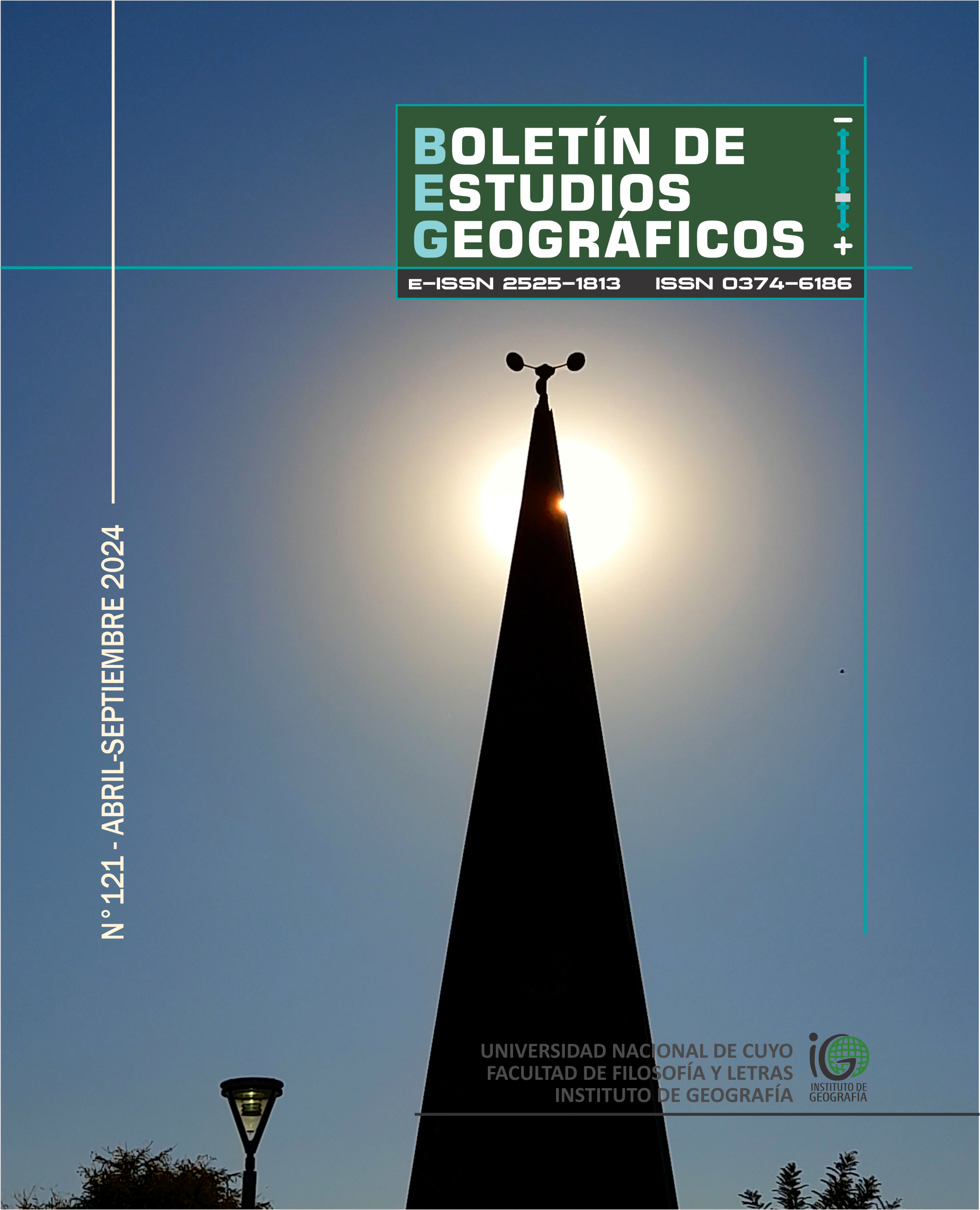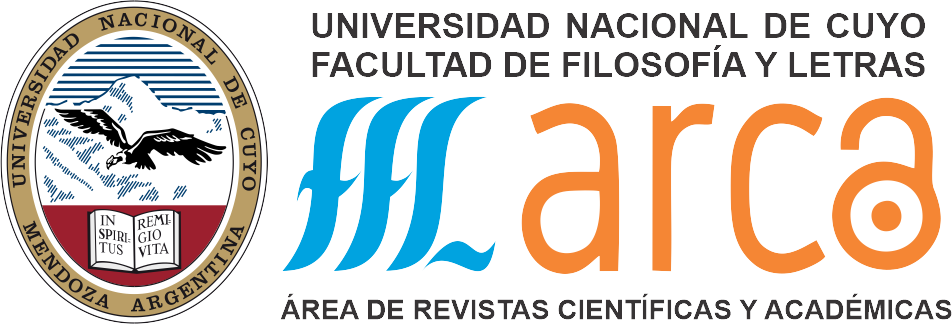Spatiotemporal variations of meadows and glaciers in the highmountains of the Argentine Central Andes (30-37° S) between 1986 and 2020
Keywords:
glaciers, wetlands, high mountains, remote sensingAbstract
The high mountain area of the Central Andes of Argentina (30-37°S and 69.5°-70.5°W) is a
sector of approximately 40,000 km2, locate dover 2,500-3,000 m a.s.l, and sparsely
populated. This region is highly valued by local populations for being producers of surface
and underground water which provide shire source for millions of in habitants located
downstream. In this context, high altitude wetlands, locally known as vegas, and glaciers
represent tout standing components of the hydrological cycle of the high mountain area,
affected by a changing climate and who se problematic have been addressed separately in
most of the local investigations. However, both land covers are hydrological connected in
certain areas. Therefore, in the search for a more comprehensive understanding of high
mountain ecosystems, in this thesis was investigated comparatively the current spatial
distribution (year 2020) and recent spatiotemporal evolution (1986-2020) of wetlands and
glaciers and their relationship to fluctuations in temperature and precipitation.
Geotechnologies, constituted the methodological foundation of this thesis. The indices
NDVI and NDSI were used in the identification and characterization of the area covered by
wetlands and clean-ice glaciers respectively. The study of the current situation (2020) was
performed with Sentinel 2 images and the recent spatiotemporal evolution (1986-2020)
with Landsat (5, 7, 8) scenes. The analysis related to temperature and precipitation were
based in the processing of the product TerraClimate. Most of the information was
obtained and processed, initially, in Google Earth Engine, a platform of geospatial data,
which allow researchers to virtually process data at different spatiotemporal scales. The
analyses were completed with the use of statistical tools and spatial statistics. As a result,
it was possible to identify an area of 475 km2 of wetlands and 1260 km2 of glaciers (550 km2 and 710 km2 of clean-ice and covered ice respectively) for 2020. Between the years
1986 and 2020 was observed a significant increase in temperature and particularly from
year 2010 a significant decrease in precipitation. In this context the area covered by
wetlands did not change significantly but the glaciated area diminished significantly in
around 36%. The strip between 34°S and 35°S to the west of the region, was identified as
the area where wetlands and glaciers are closest to each other and where this proximity
and the greater availability of water, as a result of the melting ice, has had a positive
impact on the productivity of wetlands located approximately 5 km away from these
glaciers.
Downloads
Published
How to Cite
Issue
Section
License
Copyright (c) 2024 Laura Viviana Zalazar

This work is licensed under a Creative Commons Attribution-NonCommercial 4.0 International License.



























